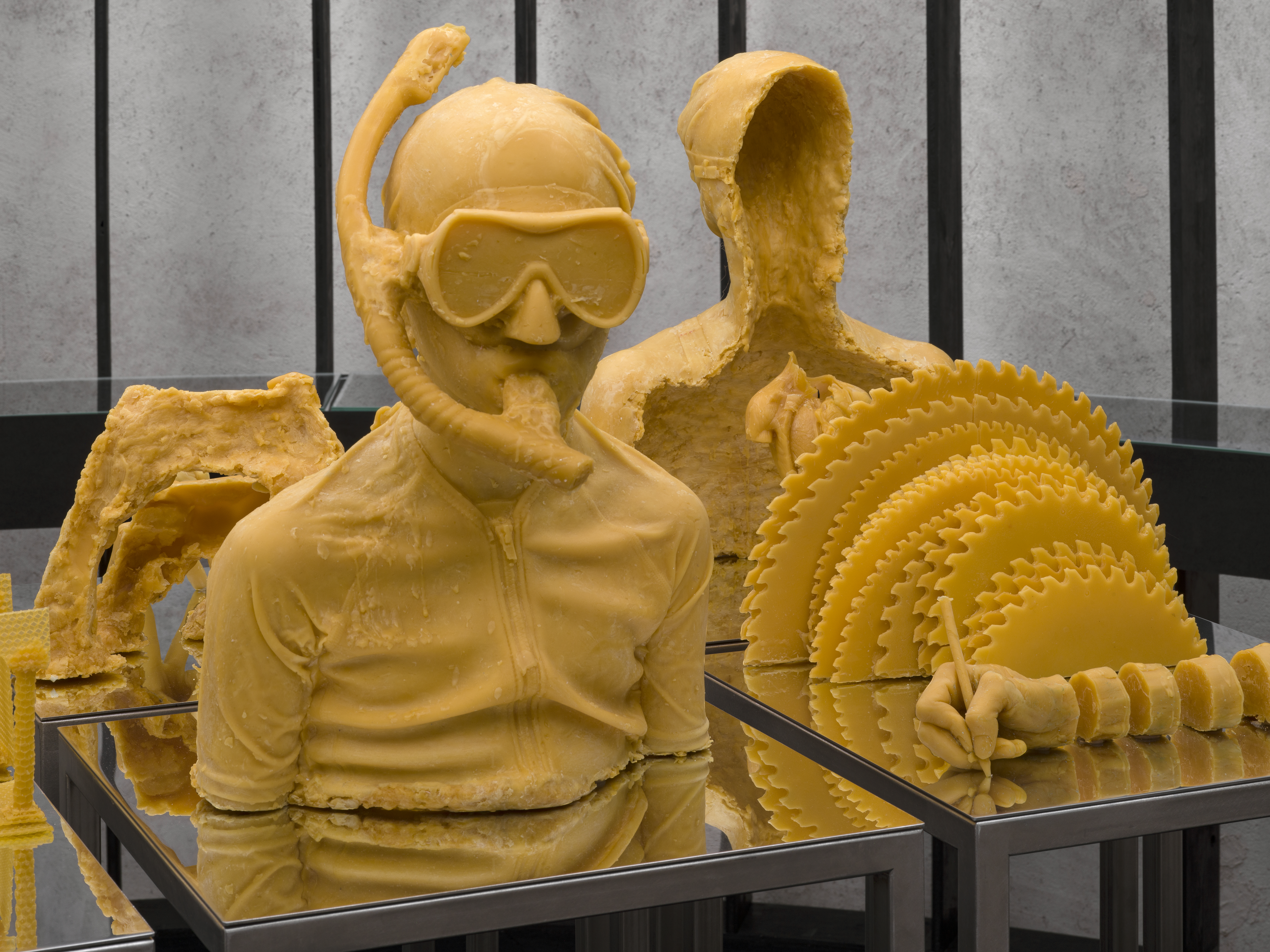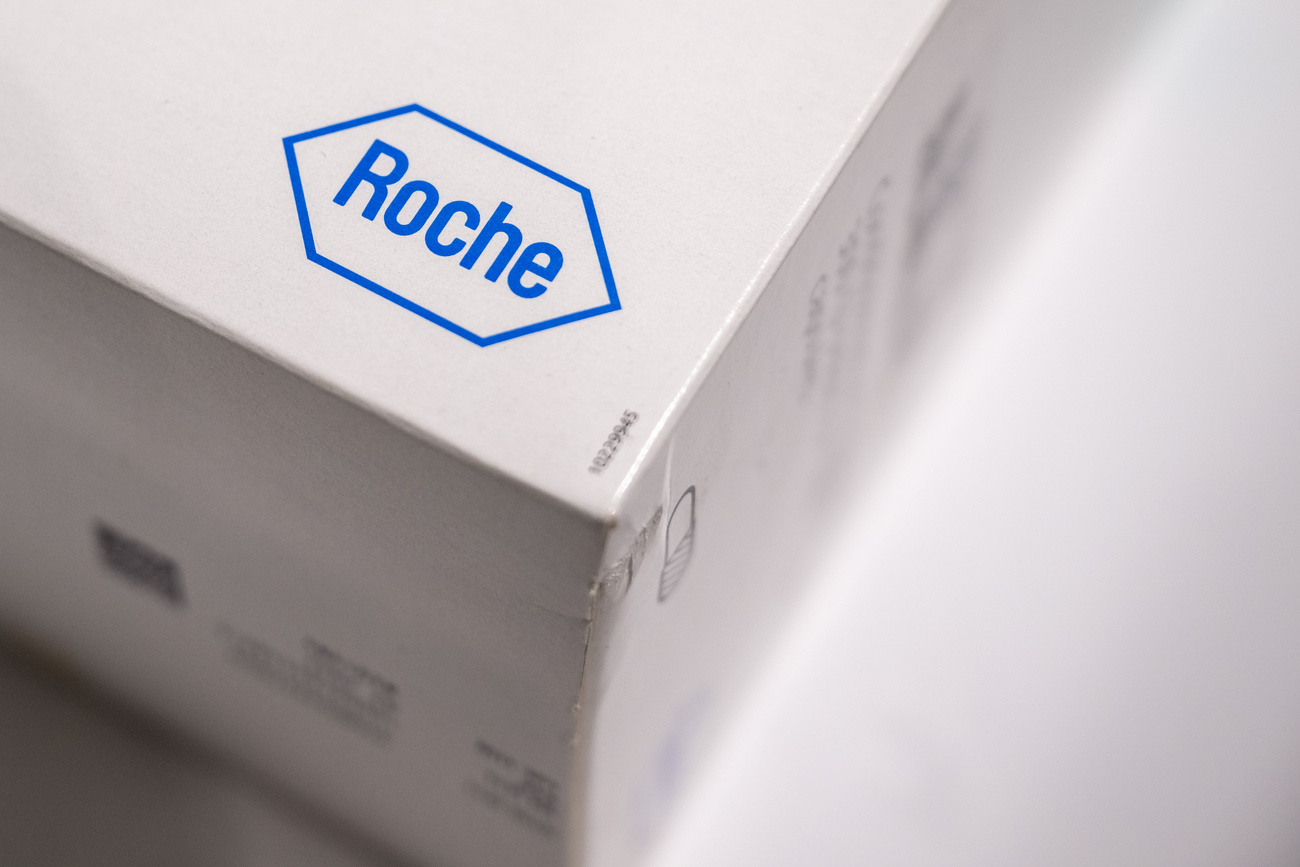
Swiss reptile populations plummet, amphibians struggle despite conservation efforts

Reptile populations in Switzerland are steadily declining. The situation is particularly critical for the ring-necked snake and the Aesculapian snake. Amphibians are faring slightly better, with protection measures having partially halted their decline.
On Thursday, the Federal Office for the Environment (FOEN) published updated red lists for the two classes of animal, reptiles and amphibians.
The results show that more than 80% of the sixteen reptile species native to Switzerland are on the Red List, in accordance with the criteria defined by the International Union for Conservation of Nature (IUCN). Compared with neighbouring countries, Switzerland has a particularly high proportion of threatened reptiles.
+Voters reject ethical overhaul of animal farming rules
The decline has accelerated particularly in the case of the ring-necked snake and the Aesculapian snake. According to the FOEN, the marked decline in sightings in monitoring areas is linked in particular to the disappearance of small structures such as ponds, hedges, stepped borders, stone piles and low walls.
Snakes under serious threat
In Switzerland, the viperine snake and the European pond terrapin are threatened with extinction. All the other snake species are highly threatened: in addition to the ring-necked snake and the Aesculapian snake, there are also the green and yellow snake, the tessellated snake, the asp viper and the adder.
+More animal experiments with severe pain suffering
According to the FOEN, population losses show that it is essential to conserve and recreate diverse habitats with small structures throughout Switzerland.
A glimmer of hope for amphibians
The situation for amphibians is improving only slightly. Of the 19 species assessed, fifteen are on the IUCN Red List. The percentage of threatened species remains virtually unchanged from the last red list in 2005.
Protection measures have slowed the decline of most species. Targeted maintenance of existing breeding areas and the creation of temporary ponds have led to local successes.
+All bee colonies in Switzerland are sick, warns specialist
According to the FOEN, if these efforts continue, there is a chance that amphibian numbers will increase again. But what is happening locally should be targeted nationally. Many amphibians are still heavily dependent on these protection measures.
This news story has been written and carefully fact-checked by an external editorial team. At SWI swissinfo.ch we select the most relevant news for an international audience and use automatic translation tools such as DeepL to translate it into English. Providing you with automatically translated news gives us the time to write more in-depth articles. You can find them here.
If you want to know more about how we work, have a look here, and if you have feedback on this news story please write to english@swissinfo.ch.

In compliance with the JTI standards
More: SWI swissinfo.ch certified by the Journalism Trust Initiative




























You can find an overview of ongoing debates with our journalists here . Please join us!
If you want to start a conversation about a topic raised in this article or want to report factual errors, email us at english@swissinfo.ch.